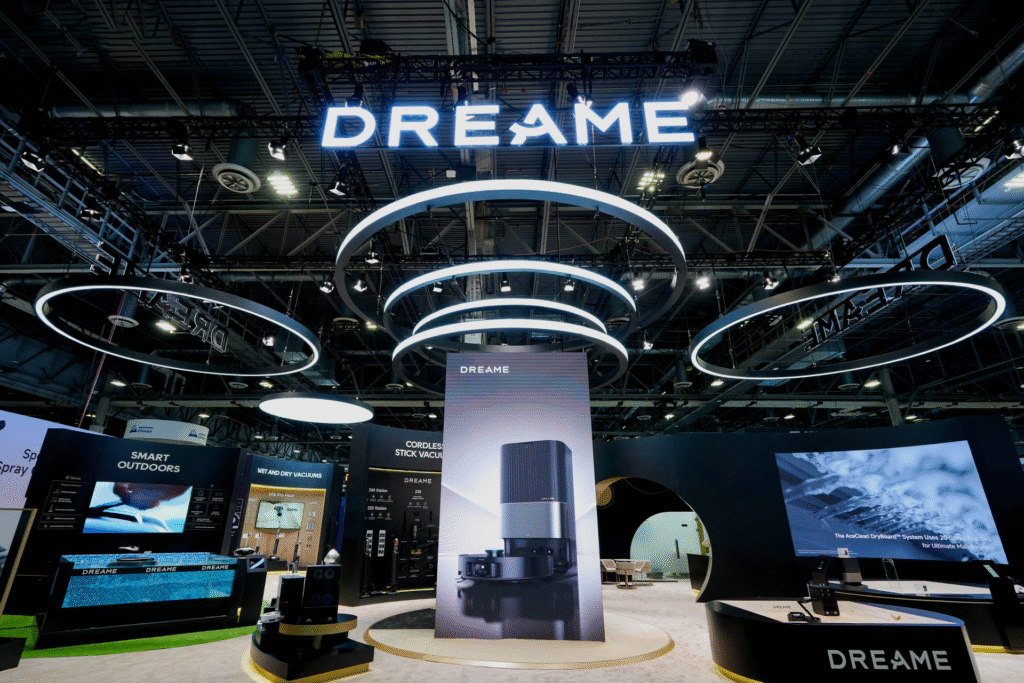Dreame’s transition from household appliances to high-performance EVs is less far-fetched than it seems. The company’s core strength lies in its digital motor technology, which delivers exceptional power density and efficiency. These motors, already a hallmark of Dreame’s vacuums, could translate into compact, high-output electric drivetrains for vehicles. According to industry reports, Dreame has assembled a team of approximately 200 automotive engineers to spearhead this venture, drawing on its experience in precision engineering.
The company’s CEO, Yu Hao, is adopting a “light-investment, light-capital” model, a strategy that mirrors other Chinese EV startups like Roborock, which launched its Rox 01 SUV in 2023. This approach relies on outsourcing production to contract manufacturers, allowing Dreame to focus on design and technology while minimizing financial risk. By leveraging existing manufacturing infrastructure, Dreame aims to accelerate its timeline, with industry insiders projecting a debut vehicle—likely an SUV with a range-extender drivetrain—by 2027.
Navigating a Crowded EV Market
China’s EV sector is fiercely competitive, with over 100 brands vying for dominance in a market that accounted for 60% of global EV sales in 2024. Established players like Li Auto and Huawei-backed Aito have set a high bar with sophisticated range-extender systems, blending internal combustion engines with electric motors for extended range. Dreame’s rumored SUV, expected to feature a similar setup with a turbocharged 1.5-liter gasoline engine and dual electric motors, aims to compete directly with these models.
What sets Dreame apart is its global outlook. The company already derives over 50% of its revenue from export markets, including the U.S., Germany, and South Korea, where its vacuums and appliances have gained traction. This experience could give Dreame an edge in navigating international regulations and consumer preferences, potentially positioning its EVs for export. However, breaking into the global automotive market will require overcoming significant hurdles, including stringent safety standards and brand recognition challenges.
The Technical Edge of Speed
Dreame’s claim to build the world’s fastest car hinges on its ability to adapt its high-speed motor technology for automotive use. The company’s vacuum motors, which operate at 200,000 rpm, demonstrate a mastery of compact, efficient power delivery. In an EV, such technology could translate into lightweight, high-torque motors capable of pushing a vehicle to extreme speeds. While specific details about the vehicle remain under wraps, the focus on surpassing the Veyron suggests a design prioritizing raw performance, possibly a sleek supercar rather than the rumored SUV.
The challenge lies in scaling this technology. Automotive motors require different tolerances, cooling systems, and durability compared to household appliances. Dreame’s engineering team will need to address these complexities while maintaining cost-effectiveness. Partnerships with experienced manufacturers, such as Beijing Automobile Works (BAW), which produces Roborock’s Rox 01, could provide the necessary expertise to bridge this gap.
A Broader Trend in Chinese Innovation
Dreame is not alone in its pivot from consumer electronics to EVs. Companies like Xiaomi, a former investor in Dreame, and Skyworth have also entered the automotive space, capitalizing on China’s robust supply chain and engineering talent. Huawei, while not producing vehicles under its own name, has partnered with manufacturers like Seres and Chery to launch successful EV brands such as Aito and Luxeed. This trend reflects China’s broader push to dominate emerging technologies, leveraging its manufacturing prowess to diversify beyond traditional industries.
Dreame’s move also underscores the versatility of electric motor technology. The same principles that power a vacuum cleaner—high efficiency, compact design, and precise control—can be adapted for vehicles, offering a pathway for non-traditional players to disrupt the automotive sector. With 2.4 million vacuum units sold in 2023, a 300% year-on-year increase, Dreame has the financial and technical foundation to take this risk.
Can Dreame Deliver on Its Promise?
The road to building the world’s fastest car is fraught with challenges. Beyond engineering, Dreame must navigate regulatory hurdles, establish a supply chain for automotive components, and build consumer trust in a brand known for cleaning rather than driving. The Veyron, with its 1,001-horsepower W16 engine, set a standard that even modern EVs like the Rimac Nevera, with 1,914 horsepower, have struggled to match consistently in real-world conditions.
Still, Dreame’s ambition is a testament to the audacity of Chinese innovators. By targeting an iconic benchmark, the company is signaling its intent to compete not just locally but on the global stage. Whether it achieves the title of “world’s fastest” or simply delivers a compelling EV, Dreame’s entry into the automotive world will be a story to watch.
